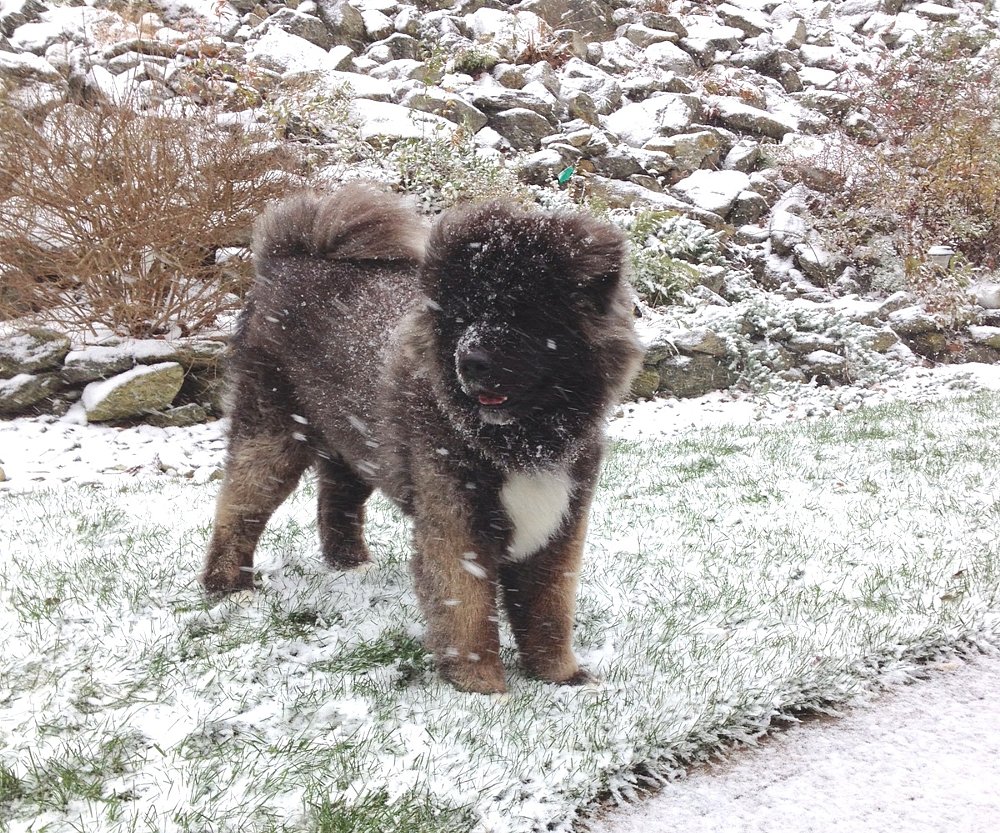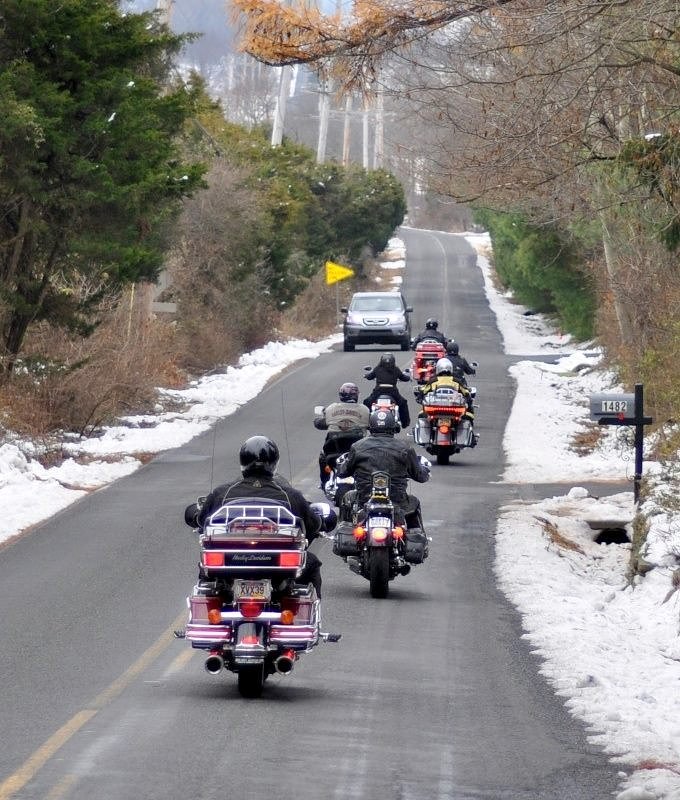
ASK THE DOC: HOW TO AVOID BECOMING A MEAT POPSICLE
by Dr. Lewis Kaplan SURGEON AND INTENSIVIST - courtesy of Revzilla
I can take a hint. Being tagged by Lemmy in his winterizing/winter riding article served as a perfect springboard to add to his initial foray.
I do ride through the winter, so I have direct experience with being “winterized” to avoid having my hands, feet, and also my brain do their best imitation of being a meat popsicle (thank you Bruce Willis, "The Fifth Element").
While we maintain a temperature of 98.6 degrees Fahrenheit, dogs normally run between 101 and 102.5 degrees. The band “Three Dog Night” took its name from the Australian outback hunters who would huddle with their dogs for warmth. The coldest nights were “three-dog nights.”
We humans are great at losing heat when it is cold. We lose heat by radiation, conduction, evaporation and convection. Radiation is the loss of electromagnetic energy (heat) to the environment. Conduction is direct transfer of heat to your cold grips or seat by contact. Convection occurs when moving air accelerates the removal of radiated heat, such as when moving at speed. Evaporation is loss of heat through water evaporation when you sweat. Clearly, radiation, conduction and convection are the big three during the winter, and dogs are better radiant heaters than humans. Why so much time on dogs? It has to do with how we handle cold. Flat out, dogs do it better.

In the summer, when we are too hot, blood vessels close to the skin dilate, increasing the volume of blood closer to the cooler outside, increasing heat loss. With cool outside temperatures, those same blood vessels do the opposite and constrict. This is great at preserving body heat for the essential (core) portions of your body, like your heart, lungs, and brain. It is not so great for the nerves that rely on that local (peripheral) blood flow for warmth, oxygen and waste clearance. Cold nerves do not work well, making your fingers feel numb, leaden, and unresponsive. Even if your brain knows what to do, getting your fingers to do it can seem like a Herculean task when they are really cold. With significant vasoconstriction, the normal pink color of your fingernail beds gets pretty white. The loss of warmth, unsurprisingly to anyone who has ridden in wet gear while it is even marginally cool, is vastly accelerated at speed. Decreased blood flow and decreased temperature are a killer combination for your fingers and muscles.
If your fingers get cold, then painful, and then numb, you are at high risk of serious and permanent damage to your fingertips – similar to frostbite. It is not a relief that the pain goes away when you are still in the cold – it is a very ominous sign. You need immediate warmth and emergency medical care.
Dogs do so much better since they simply keep their mouths closed, reduce radiant, convective and evaporative heat loss, and are protected by insulating fur that traps air warmed by their body heat. We have all seen pictures of dogs on the Iditarod trail lying in the cold in a seemingly impossibly small ball with their tails protectively curled over their noses. This posture forces the cold air to pass though a prewarmed zone of tail fur and trapped warm air, and limits conductive and radiant heat loss by limiting exposure of areas with less fur, like the belly. My dog has three coats and is unbothered by the cold. Humans, on the other hand, need help staying warm and have mechanisms to do so.
We warm air that gets to our lungs by using our sinuses. This process is less effective if you breathe through your mouth instead of your nose. It is also less effective when you take in really cold air. This is why balaclavas, lower face shields (neoprene and other) and, of course, full-face helmets are key in preserving core warmth. All of your blood passes through your lungs. If what you inhale is cold, it will cool the blood passing through your lungs. You have a better chance of preserving your core temperature if the gas you take in is already higher in temperature than the Arctic stuff through which you are riding. Masks that cover your mouth and nose and full-face helmets are your equivalent of a fluffy dog tail.
Just like you need eyeball protection from debris, eyewear also helps decrease evaporative loss at speed from your eyes, which are naturally moist. If you ride with your dog, remember that they need eye protection (and a nifty helmet) too!

Your body defends your core temperature. When you core chills to 35 degrees Celsius (95 degrees Fahrenheit), you are hypothermic and shivering is common to make more heat (a last-resort option), but this not ideal for motorcycle control. At 33 degrees Celsius (91.4 degrees Fahrenheit), muscles become stiff and at 32 degrees Celsius
(89.6 degrees Fahrenheit) involuntary muscle contractions occur and confusion is common, due to abnormal brain electrical activity.

If you stop shivering without getting someplace warm, this is a danger sign of impending severe hypothermia and represents a life-threatening emergency. With low temperature, all of the things
your brain does to process what you see, hear, feel and smell work more slowly, and not very well at all. Death is a real risk.
Layers (not cotton), heated gear, wind management (windshield, hand shields, lowers) are all key for those who ride “winterized” to combat radiant, conductive and convective heat loss. If you are winterized, plan more stops than usual to get indoors, rewarm, stretch and hydrate. Despite the oft-depicted Saint Bernard rescue dog bringing the avalanche victim vintage brandy in a barrel, this
is a very bad idea. Alcohol is a vasodilator and will increase your heat loss by dilating the blood vessels that have clamped down on your heat loss — a poor plan for those who are already chilled.
Instead, have the brandy after you get warm and the ride is finished!